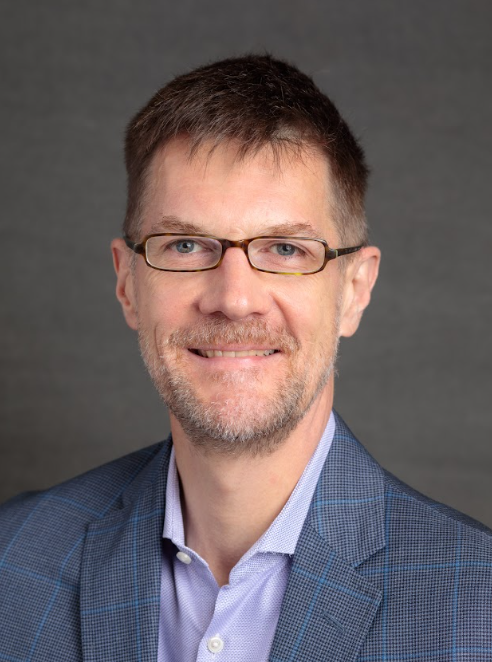Q&A with Robert Hinde
 In September 2022, the UT Chancellor announced a plan for establishing a divisional structure within the College of Arts and Sciences and in October, the Provost appointed Robert Hinde to serve as interim executive dean. We sat down with Hinde to learn why the change was implemented and how it’s going three months into the job.
In September 2022, the UT Chancellor announced a plan for establishing a divisional structure within the College of Arts and Sciences and in October, the Provost appointed Robert Hinde to serve as interim executive dean. We sat down with Hinde to learn why the change was implemented and how it’s going three months into the job.
Why was this change implemented?
Hinde: The college is a highly diverse and complicated organization, spanning 21 different departments, nearly a dozen research centers and institutes, and 10 interdisciplinary academic programs, all spread across a footprint that encompasses roughly 800,000 square feet of space. A flat administrative structure, in which each of these entities reports directly to the dean, leaves the dean less time to attend to strategic initiatives that provide the financial and human resources that can help advance the college and its units.
The divisional structure helps the college provide each department with more highly customized administrative services and positions the divisional deans as advocates for the faculty and departments in their divisions. The divisional deans also meet regularly to identify opportunities for cross-divisional collaborations. At the same time, the new structure gives the dean more time to advance the interests of the liberal arts and sciences within the university and across the state and the Southeast region of the United States.
From an investment standpoint, what do we as a college need to be successful?
Hinde: The Chancellor often remarks that UT is “a university on the rise.” Year after year, we see increases in applications for our undergraduate and graduate academic programs, and our faculty, staff, and students secure regional and national awards recognizing their excellence. Unfortunately, this puts us at risk for better-resourced universities to try to poach our outstanding faculty members and provide more attractive financial packages for our prospective graduate students. The ability to award professorships to our most accomplished faculty and top-off awards to our outstanding graduate students can help us compete with better-resourced competitors.
What has been the biggest challenge thus far?
Hinde: The biggest challenge has been combating a misunderstanding that the college is being split into three smaller colleges. This is not the case; the faculty, staff, and students in every department are still members of the College of Arts and Sciences community, and our undergraduate programs still share a common core curriculum.
What about the greatest achievement?
Hinde: Faculty and department heads have been very supportive of the new services that the divisional structure has provided. We have been able to increase staffing in the college office to reduce administrative burdens placed on faculty and department heads so that they can focus on their leading-edge scholarship, ground-breaking creative activity, and innovative teaching.
What are your expectations moving forward?
Hinde: Of course, we still have a lot of work to do; any significant change can be difficult. But we anticipate that the improved services and advocacy that the divisional structure will provide will help faculty regain more time to do what they do best – namely providing an outstanding educational experience to our students while preparing them to become 21st-century leaders and pushing forward the boundaries of knowledge and creative activity, to help make life and lives better for Tennesseans and for people around the world.






